The CISO’s Role In Ensuring Compliance Amid Evolving Cyber Threats
In the modern digital era, the Chief Information Security Officer (CISO) stands at the forefront of organizational defense, responsible for navigating a landscape where cyber threats are not only increasing in frequency and sophistication but are also accompanied by a rapidly evolving regulatory environment. The CISO’s role now extends far beyond traditional IT security, encompassing […] The post The CISO’s Role In Ensuring Compliance Amid Evolving Cyber Threats appeared first on Cyber Security News.

In the modern digital era, the Chief Information Security Officer (CISO) stands at the forefront of organizational defense, responsible for navigating a landscape where cyber threats are not only increasing in frequency and sophistication but are also accompanied by a rapidly evolving regulatory environment.
The CISO’s role now extends far beyond traditional IT security, encompassing strategic oversight, risk management, and regulatory compliance.
As cyber threats climb the ranks of global risks, surpassing even supply chain disruptions and geopolitical tensions, organizations are compelled to elevate the CISO’s position to one of strategic significance.
This shift is evident in the growing trend of CISOs reporting directly to CEOs, a change that underscores the recognition of cybersecurity as a critical business risk rather than a purely technical concern.
With this heightened visibility comes a corresponding increase in accountability.
CISOs are now under immense pressure from both regulatory bodies and internal stakeholders to ensure that their organizations not only comply with an expanding array of regulations but also maintain robust security postures.
The tension between business objectives and regulatory requirements is palpable, with some CISOs experiencing pressure to withhold reporting of compliance issues.
Despite these challenges, a significant proportion of CISOs remain committed to ethical conduct, willing to act as whistleblowers if their organizations fail to meet compliance standards.
This ethical dimension highlights the gravity and complexity of the CISO’s role in today’s business environment.
The regulatory landscape itself is becoming increasingly intricate, with frameworks such as the General Data Protection Regulation (GDPR), the Network and Information Security Directive (NIS2), and the National Institute of Standards and Technology Cybersecurity Framework (NIST CSF) demanding meticulous attention.
These frameworks, along with industry-specific regulations, require organizations to implement comprehensive controls and processes to safeguard sensitive data and ensure operational resilience.
As a result, governance, risk, and compliance have emerged as top priorities for CISOs, reflecting the critical importance of regulatory adherence in contemporary security programs.
Reconciling Security And Compliance: The CISO’s Strategic Dilemma
- CISOs face the critical challenge of balancing regulatory compliance requirements with genuine security effectiveness, as mere adherence to standards does not guarantee protection against evolving cyber threats
- Organizations often fall into the compliance paradox achieving regulatory certification while remaining vulnerable to attacks, or maintaining robust security without meeting all compliance obligations
- Traditional compliance-driven security programs risk creating a “checkbox mentality” that prioritizes audit requirements over addressing actual vulnerabilities and attack vectors
- Leading CISOs adopt risk-driven frameworks that prioritize controls based on continuous threat intelligence and organizational risk profiles, moving beyond static compliance checklists
- The NIST Cybersecurity Framework and CIS Critical Security Controls provide structured methodologies for mapping compliance requirements to dynamic risk mitigation strategies
Embracing Risk-Driven Security Frameworks
Risk-driven security frameworks provide a structured methodology for identifying, assessing, and mitigating cyber risks in a manner that aligns with both regulatory requirements and business objectives.
The Center for Internet Security’s Critical Security Controls (CIS-CSC) framework, for example, categorizes controls into basic, foundational, and organizational layers, enabling CISOs to prioritize implementation based on the organization’s risk appetite and resource constraints.
By focusing on controls that address the most probable attack vectors, organizations can ensure that their security investments yield the greatest return in terms of risk reduction.
Similarly, the NIST Cybersecurity Framework offers a comprehensive approach to managing cybersecurity risk, organized around five core functions: Identify, Protect, Detect, Respond, and Recover.
This framework enables organizations to align their compliance efforts with practical security outcomes, ensuring that regulatory obligations are met without compromising the organization’s overall security posture.
By integrating risk management into the compliance process, CISOs can make informed decisions about resource allocation, control implementation, and incident response planning.
Leveraging Automation And Continuous Monitoring
As the regulatory environment becomes more complex, CISOs are turning to automation and continuous monitoring to streamline compliance efforts and enhance security visibility.
Automated data mapping and classification tools, for example, enable organizations to track the flow and storage of sensitive information in real time, ensuring that data handling practices remain compliant with regulatory requirements.
Continuous monitoring solutions provide real-time alerts and analytics, allowing CISOs to detect and respond to potential compliance violations or security incidents before they escalate.
These technologies not only reduce the administrative burden associated with compliance but also enable organizations to maintain a proactive security posture.
By automating routine compliance tasks and integrating security monitoring into daily operations, CISOs can focus on strategic initiatives that drive long-term resilience and business value.
Building A Culture Of Compliance And Resilience
Achieving and maintaining compliance in the face of evolving cyber threats requires more than just technical controls; it demands a holistic approach that encompasses people, processes, and technology.
CISOs must foster a culture of compliance and resilience throughout the organization, ensuring that all employees understand their roles and responsibilities in protecting sensitive data and maintaining regulatory adherence.
Cross-Departmental Collaboration And Training
Effective compliance management hinges on cross-departmental collaboration.
CISOs must work closely with legal, compliance, IT, and business units to ensure that policies and procedures are aligned with regulatory requirements and organizational objectives.
Regular training and awareness programs are essential for equipping employees with the knowledge and skills needed to recognize and respond to potential threats.
By embedding security and compliance into the organizational culture, CISOs can create an environment where regulatory adherence becomes second nature.
Incident response planning is another critical component of organizational resilience. Despite the best preventive measures, security incidents are inevitable.
CISOs must ensure that their organizations are prepared to respond quickly and effectively to breaches, minimizing the impact on operations and reputation.
This requires the development of robust incident response plans, regular simulations, and clear escalation procedures.
Vendor Risk Management And Third-Party Oversight
In today’s interconnected business environment, third-party vendors often represent significant compliance and security risks.
CISOs must implement rigorous vendor risk management practices, including thorough risk assessments, contractual protections, and ongoing monitoring of vendor security practices.
By extending compliance and security requirements to third-party relationships, organizations can reduce their exposure to external threats and ensure that their entire supply chain operates in accordance with regulatory standards.
In conclusion, the CISO’s role in ensuring compliance amid evolving cyber threats is multifaceted and dynamic.
By embracing risk-driven frameworks, leveraging automation, fostering cross-departmental collaboration, and maintaining a culture of resilience, CISOs can navigate the complex intersection of security and compliance.
This balanced approach not only ensures regulatory adherence but also strengthens the organization’s ability to withstand and recover from cyber threats in an increasingly hostile digital landscape.
Find this News Interesting! Follow us on Google News, LinkedIn, & X to Get Instant Updates!
The post The CISO’s Role In Ensuring Compliance Amid Evolving Cyber Threats appeared first on Cyber Security News.





















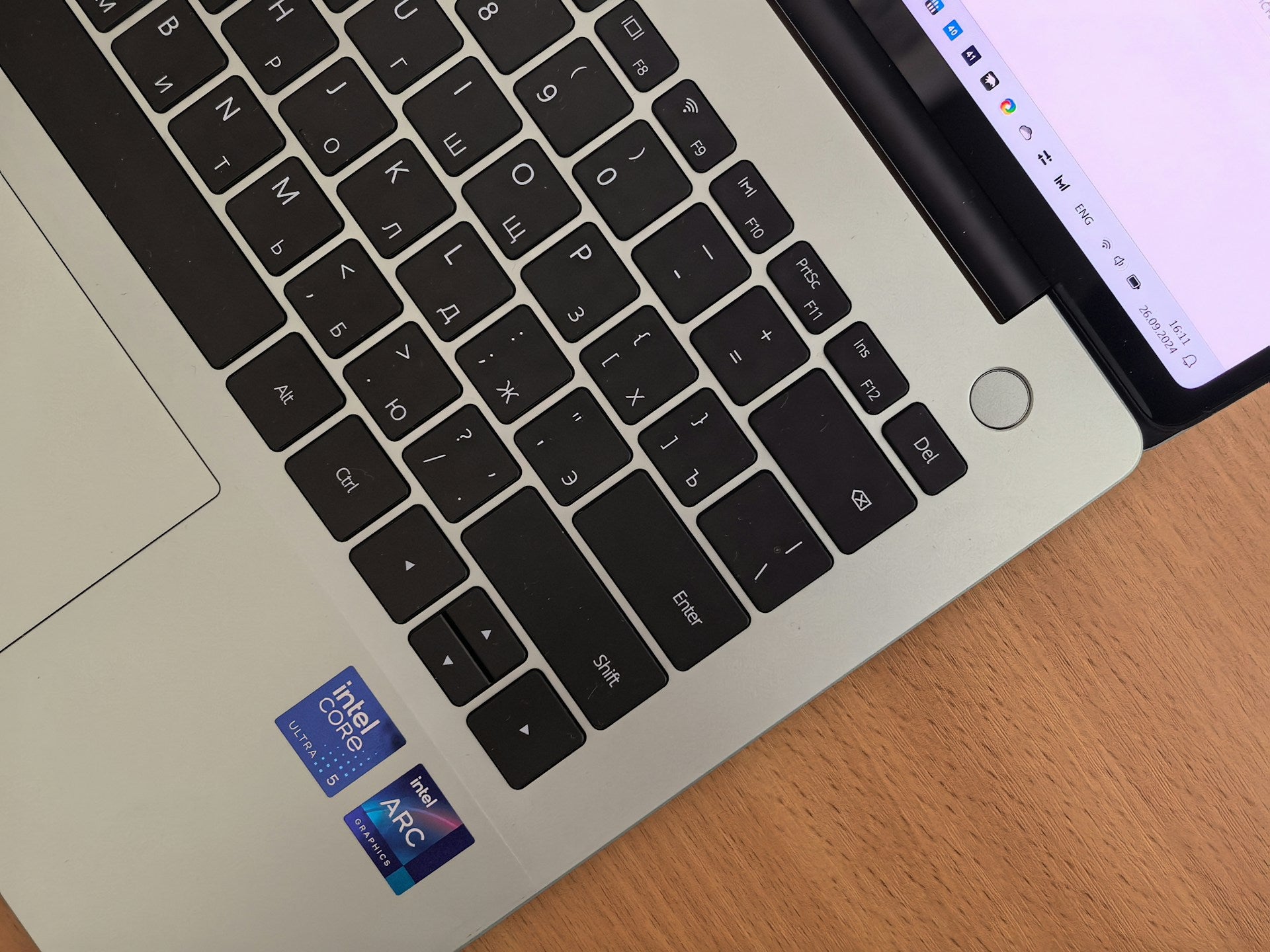





















































![Apple Reports Q2 FY25 Earnings: $95.4 Billion in Revenue, $24.8 Billion in Net Income [Chart]](https://www.iclarified.com/images/news/97188/97188/97188-640.jpg)












![Google reveals NotebookLM app for Android & iPhone, coming at I/O 2025 [Gallery]](https://i0.wp.com/9to5google.com/wp-content/uploads/sites/4/2025/05/NotebookLM-Android-iPhone-6-cover.jpg?resize=1200%2C628&quality=82&strip=all&ssl=1)





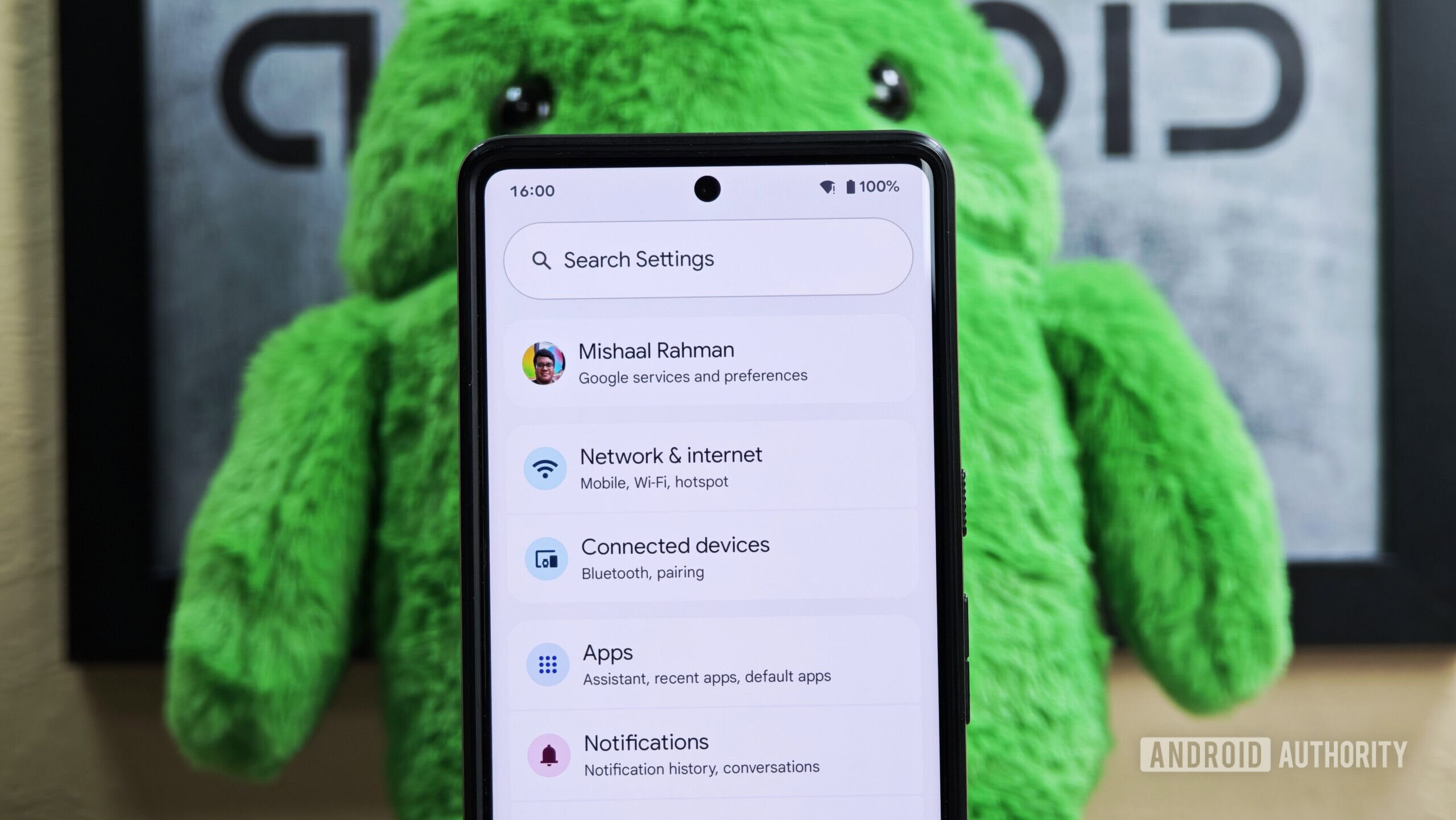
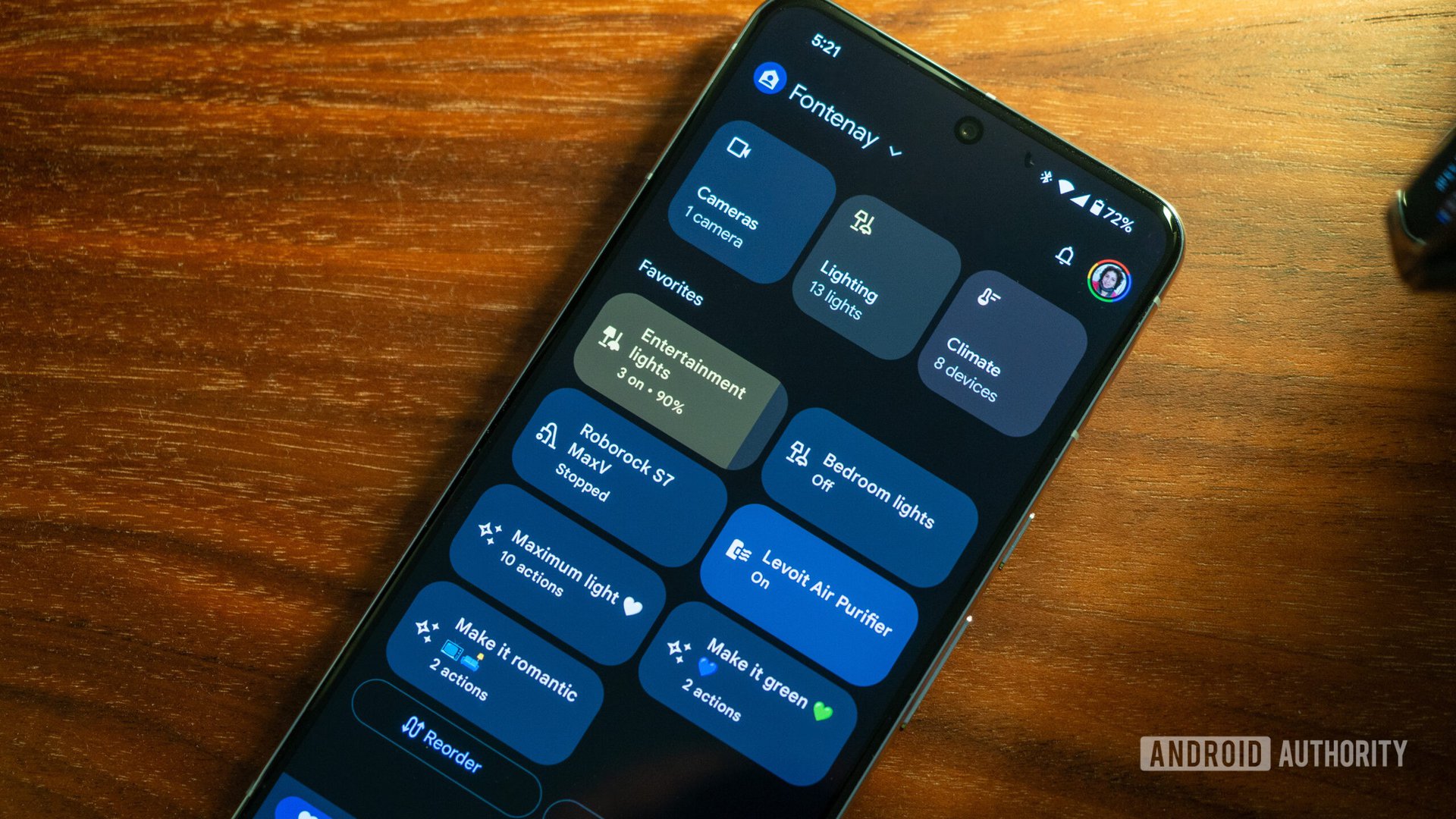






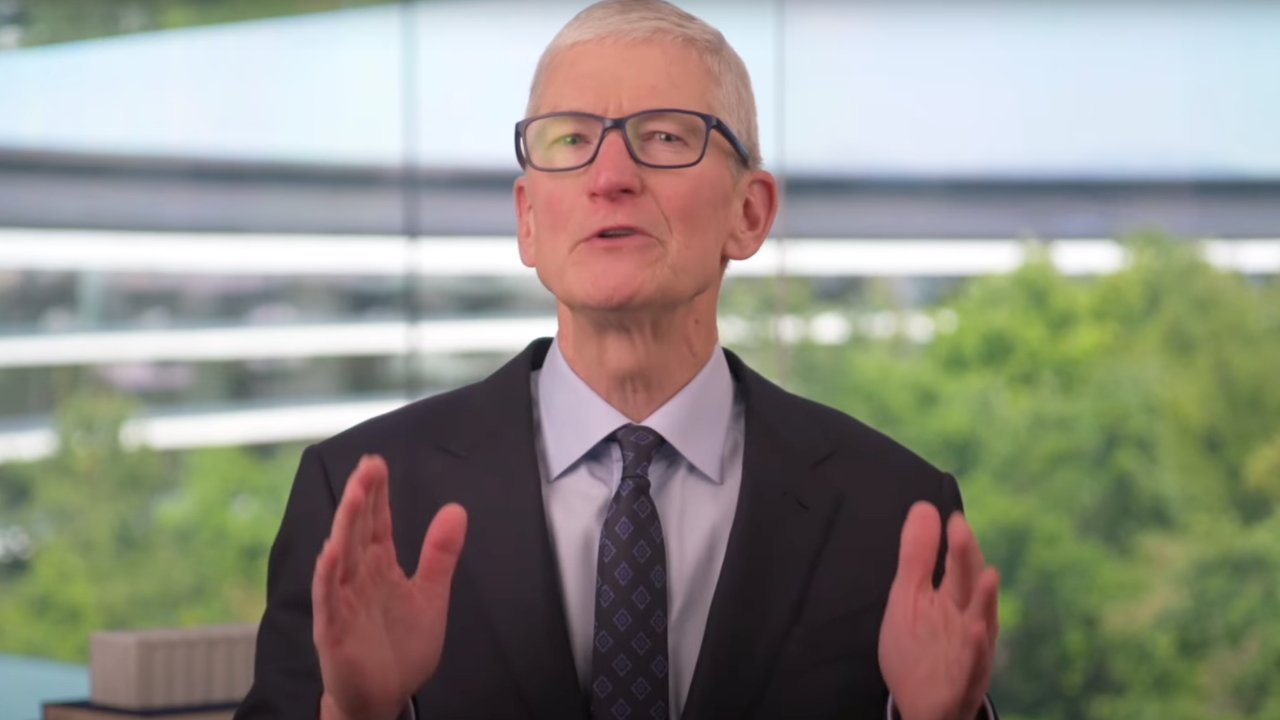


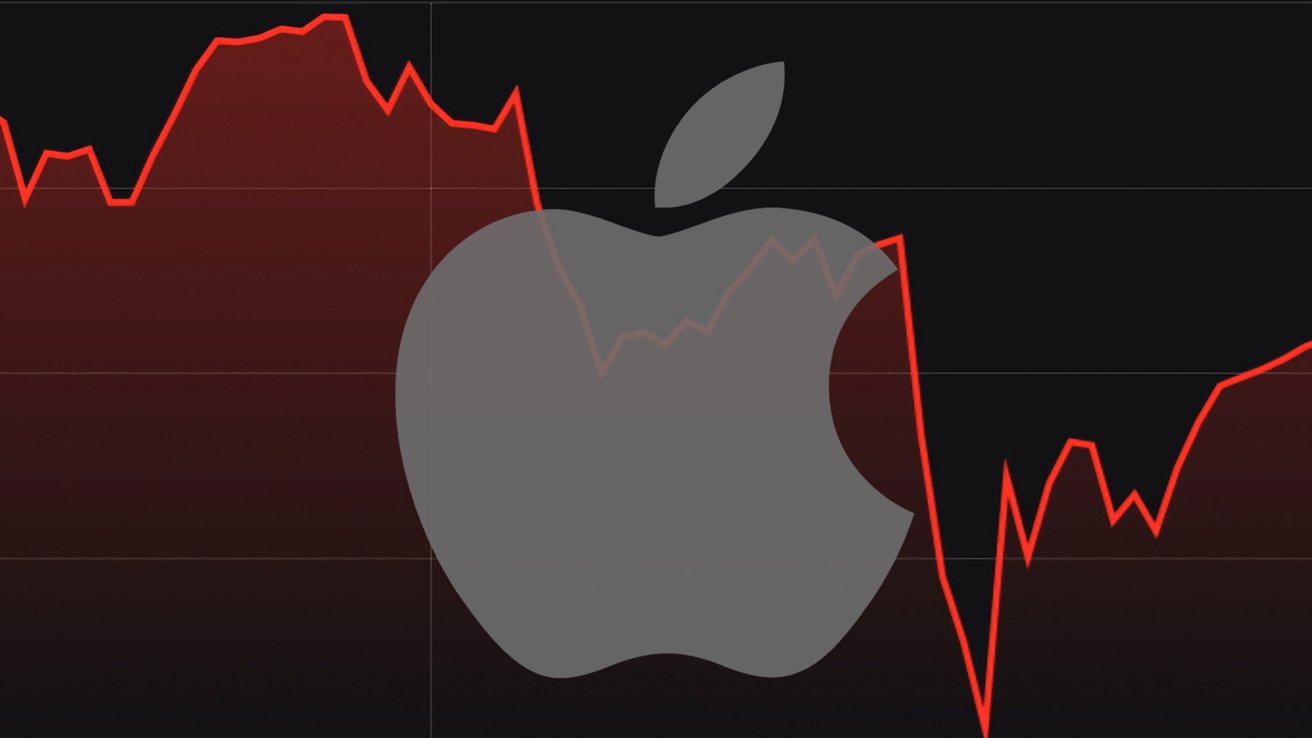













































































































































































































![[The AI Show Episode 145]: OpenAI Releases o3 and o4-mini, AI Is Causing “Quiet Layoffs,” Executive Order on Youth AI Education & GPT-4o’s Controversial Update](https://www.marketingaiinstitute.com/hubfs/ep%20145%20cover.png)




















































































































![[REPOST] Installing Genymotion for Android App Pentesting: The Definitive Guide](https://media2.dev.to/dynamic/image/width=800%2Cheight=%2Cfit=scale-down%2Cgravity=auto%2Cformat=auto/https%3A%2F%2Fdev-to-uploads.s3.amazonaws.com%2Fuploads%2Farticles%2F7zx2oyrfun6gecomzwf2.png)













































































































































